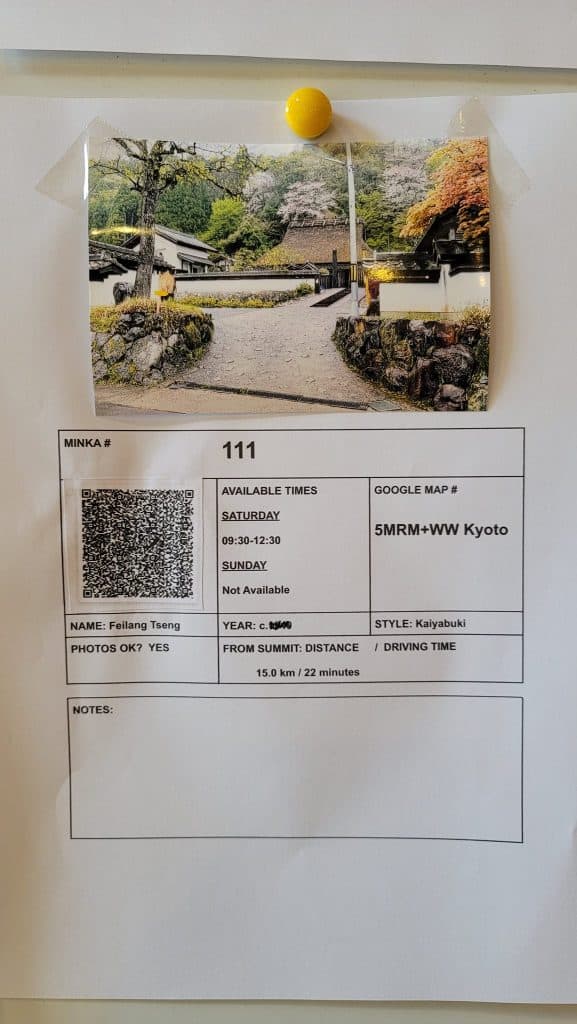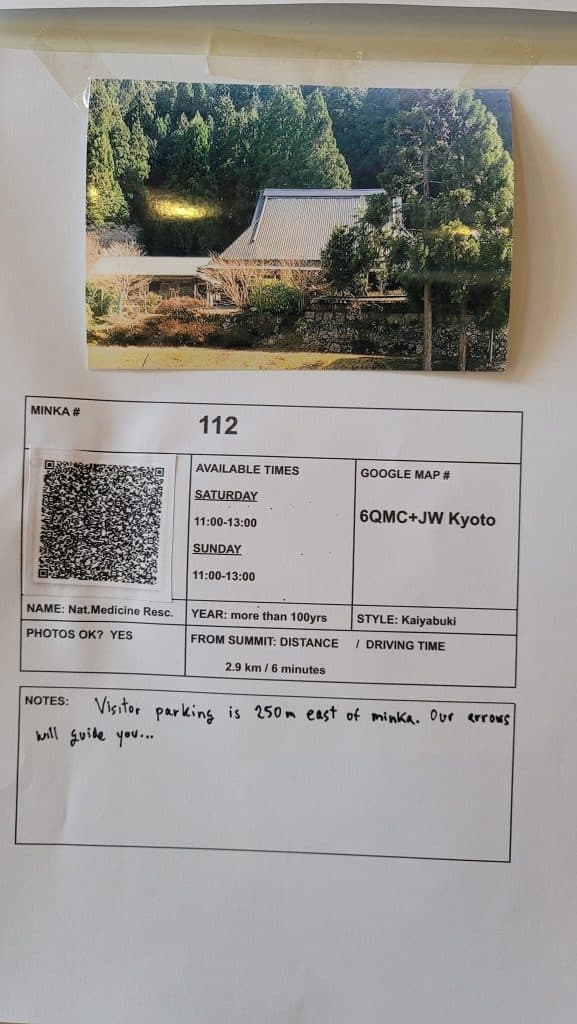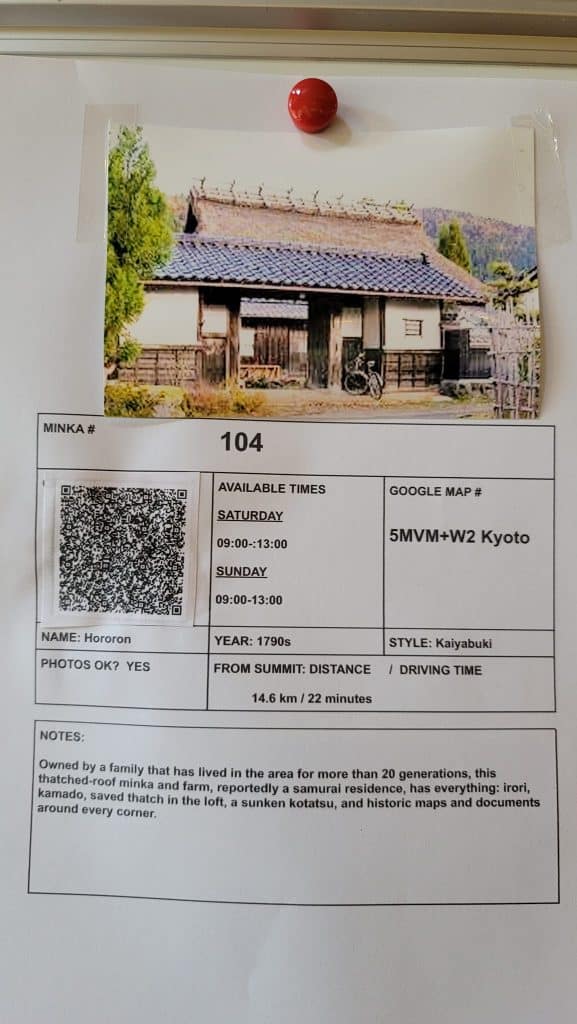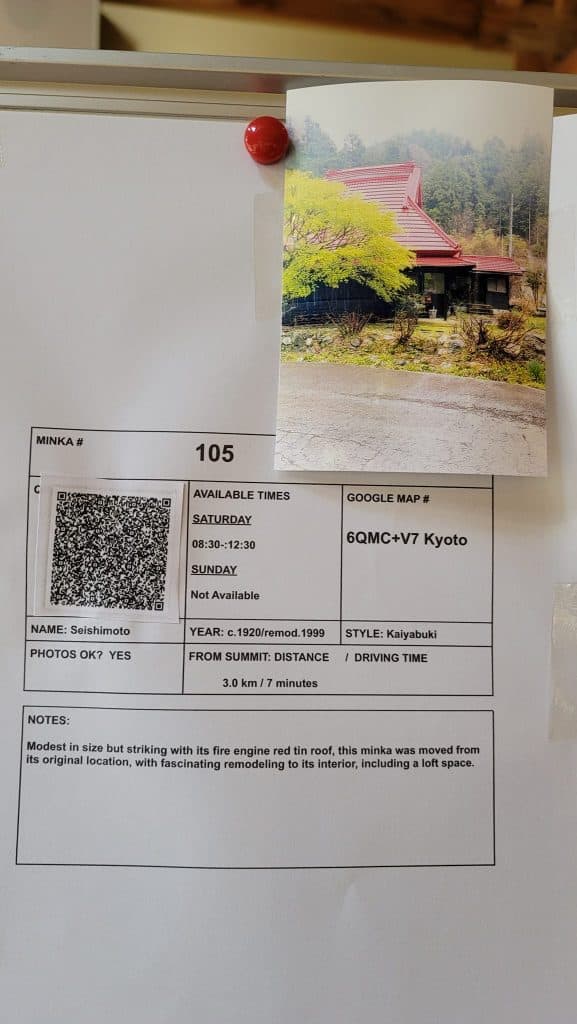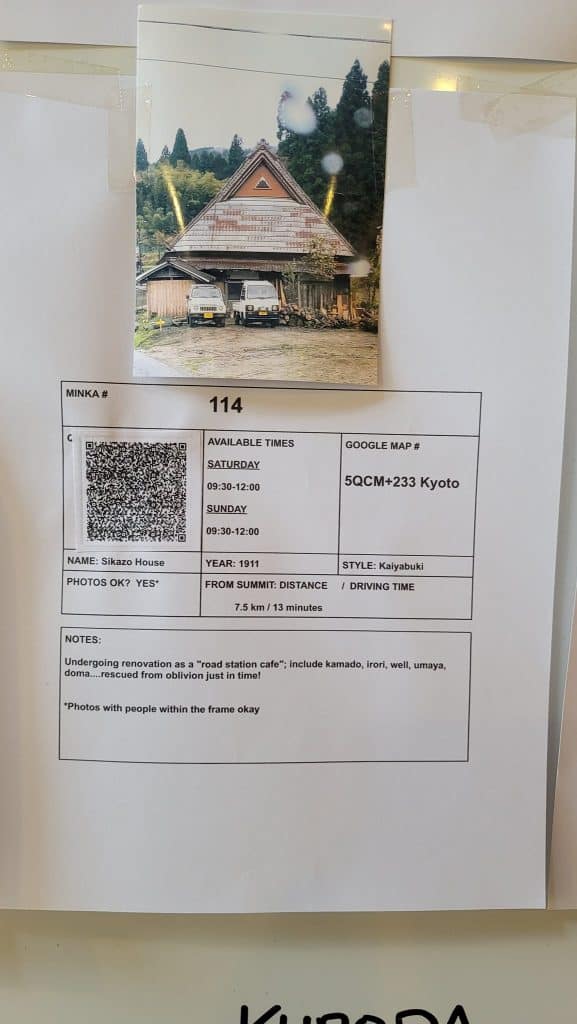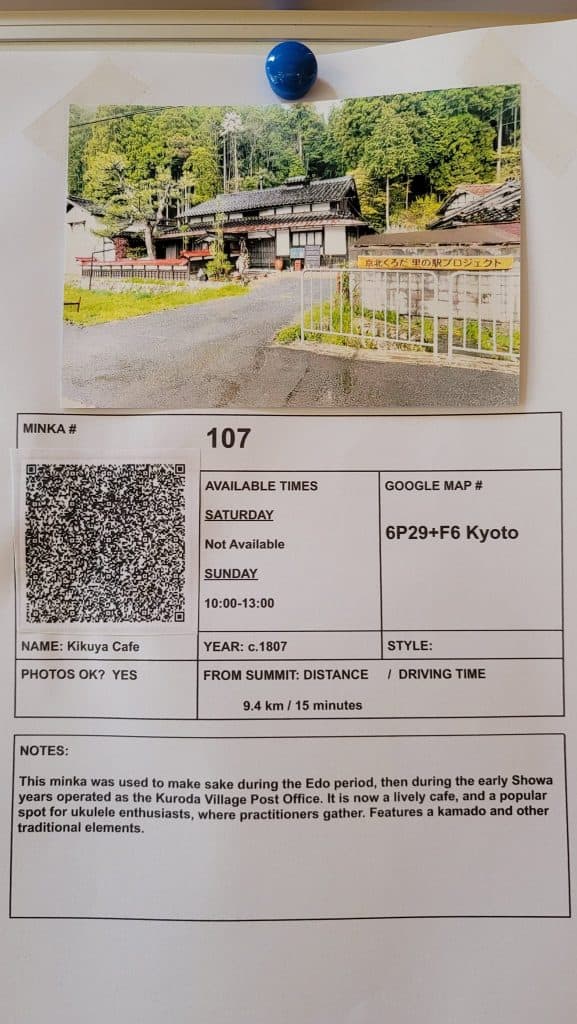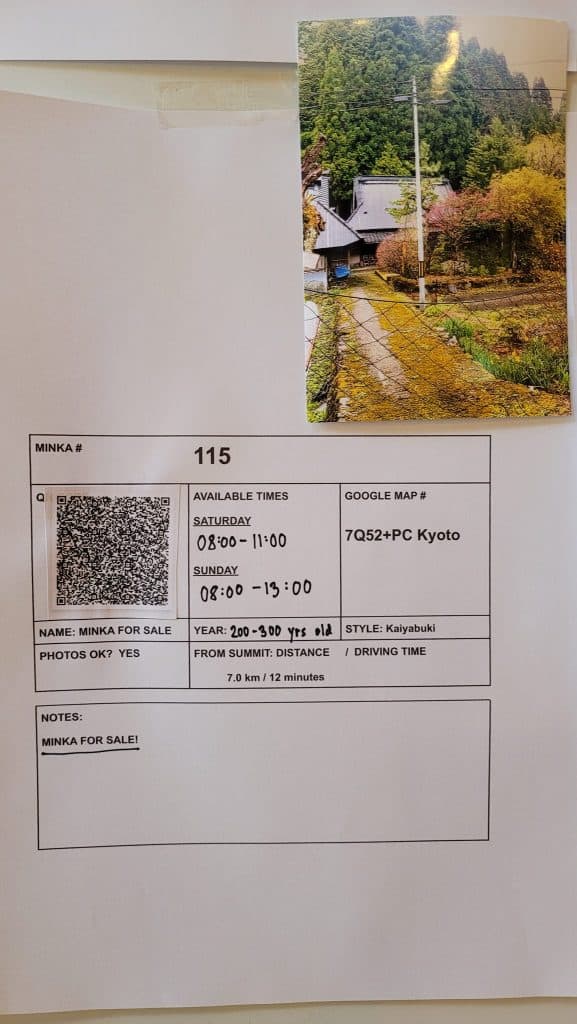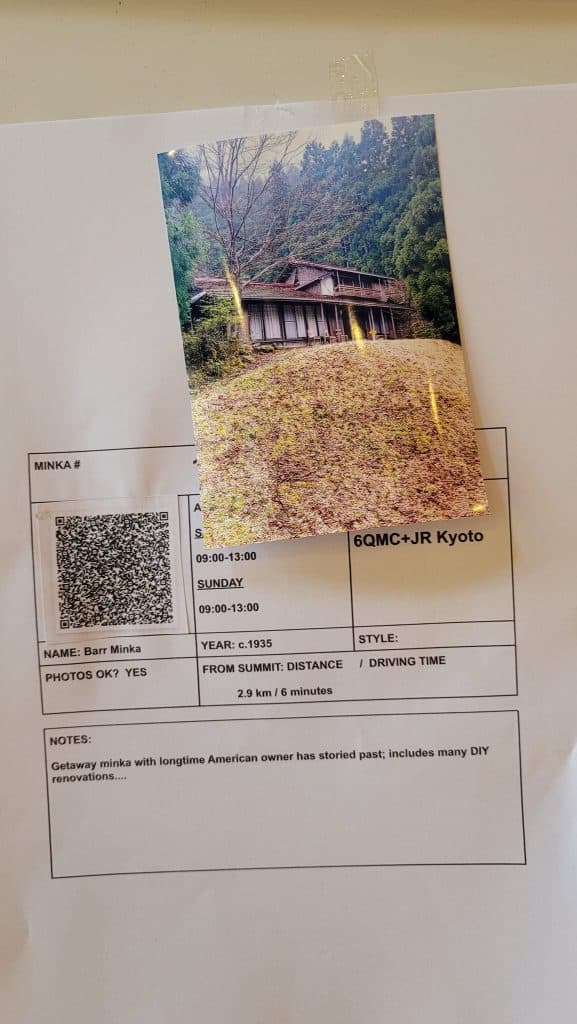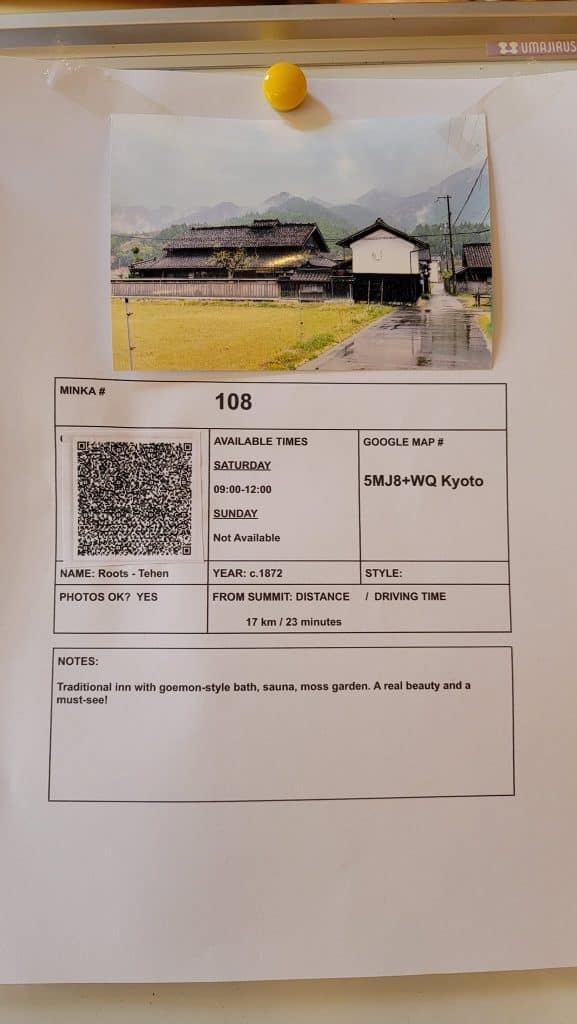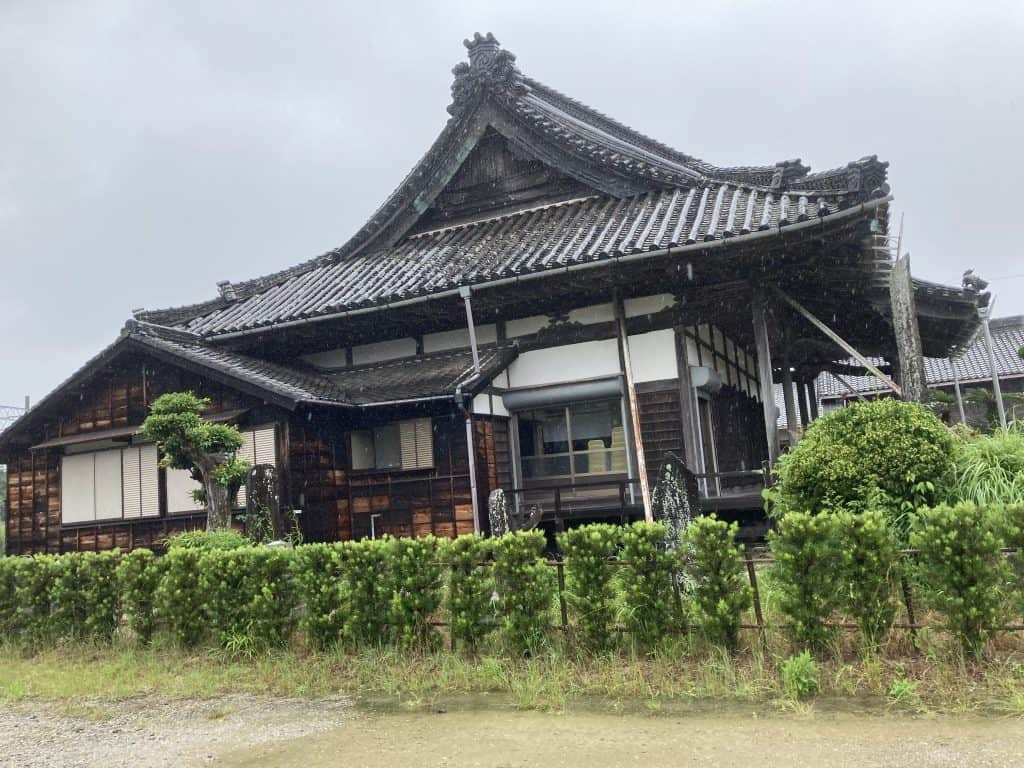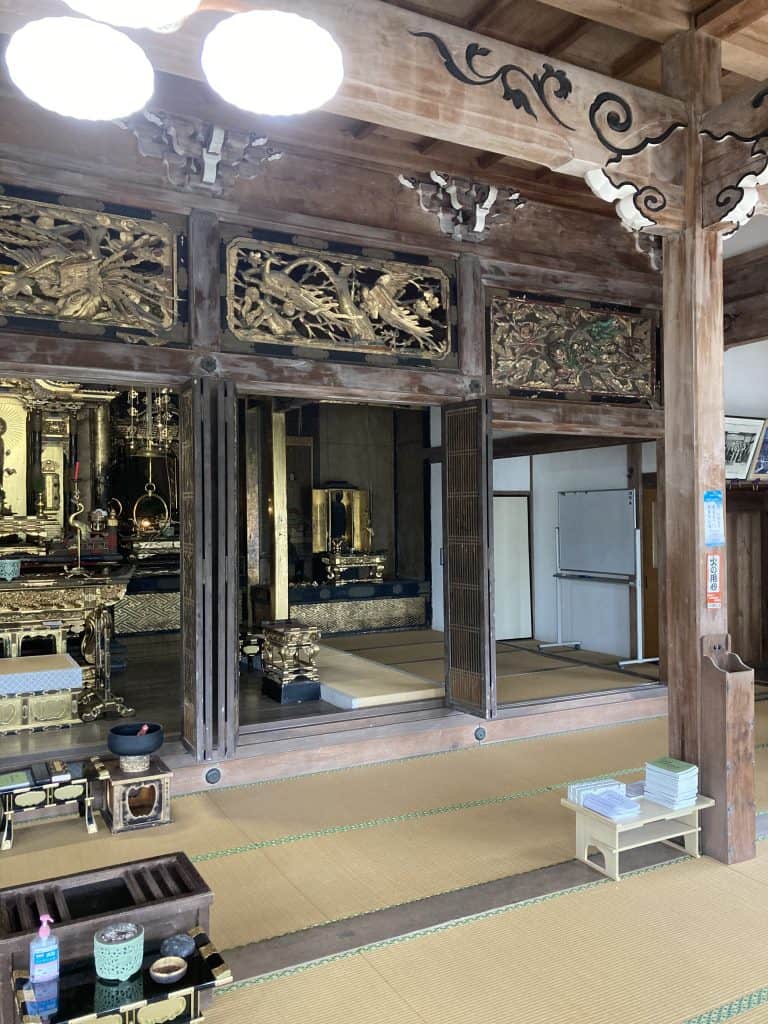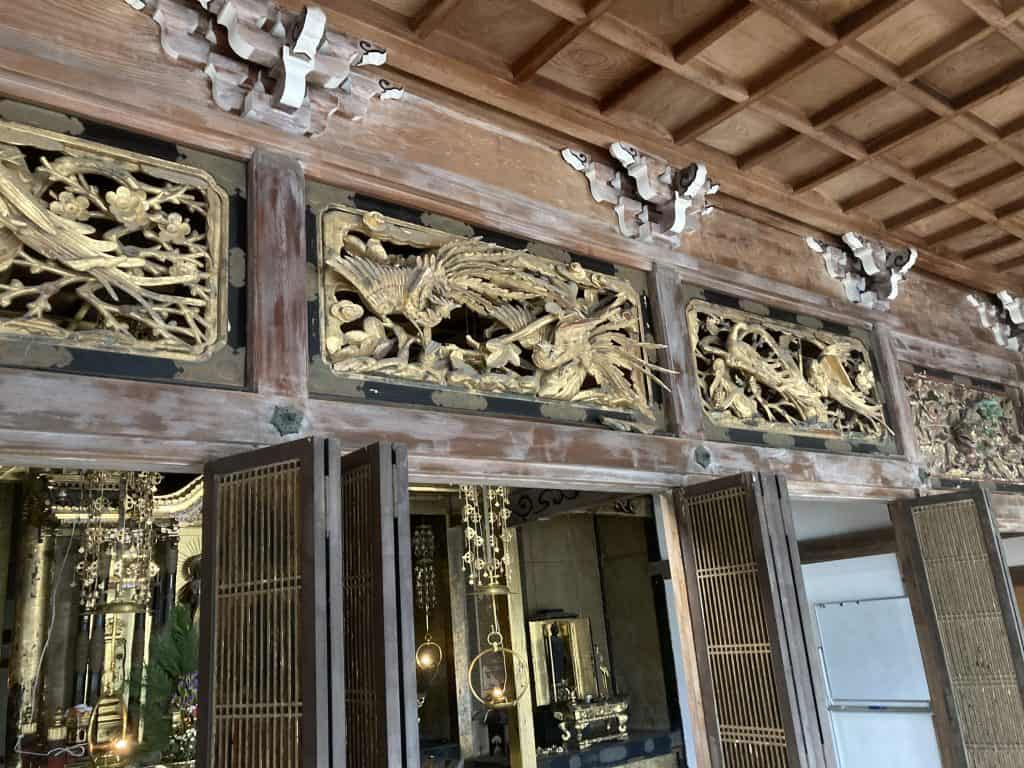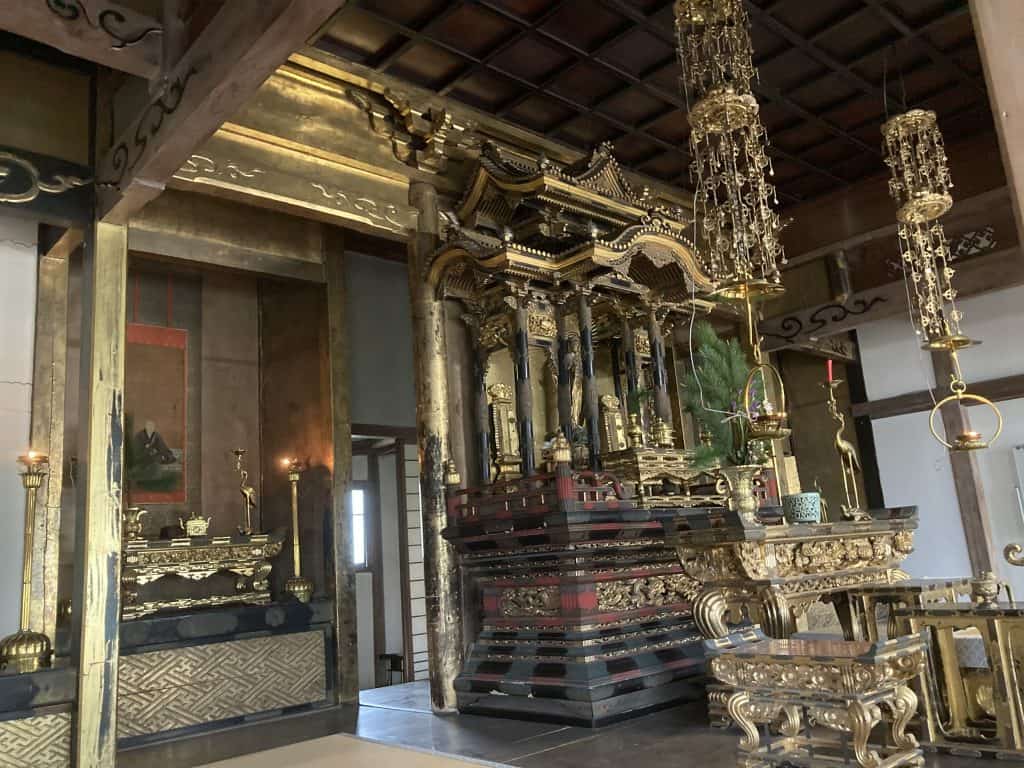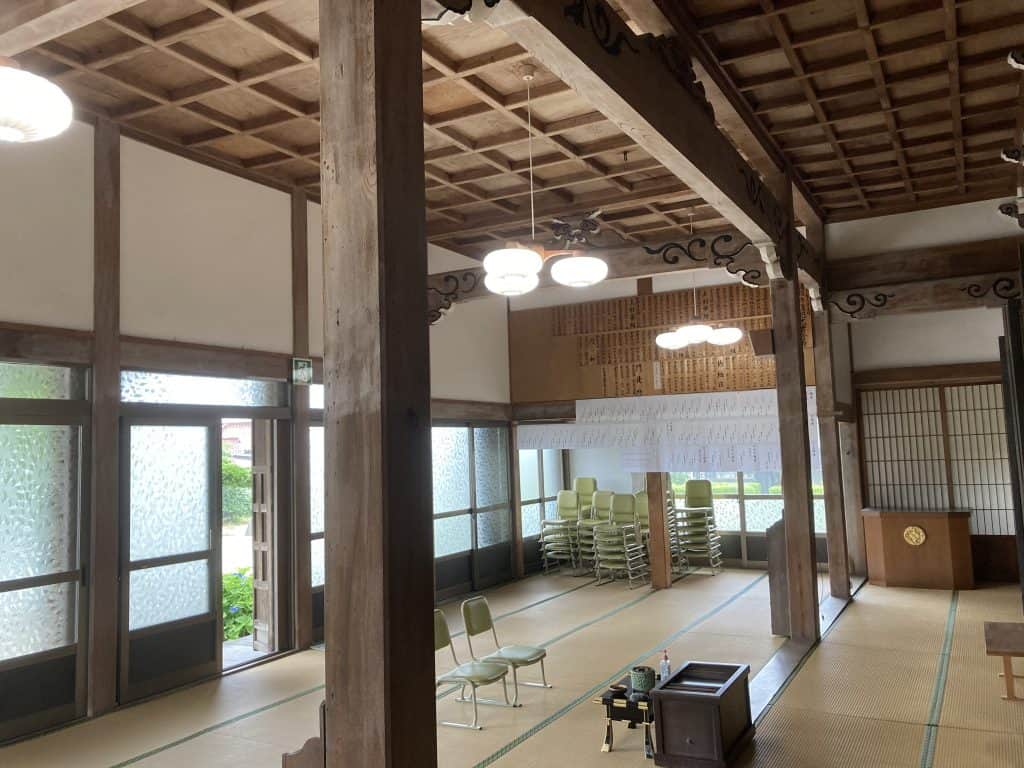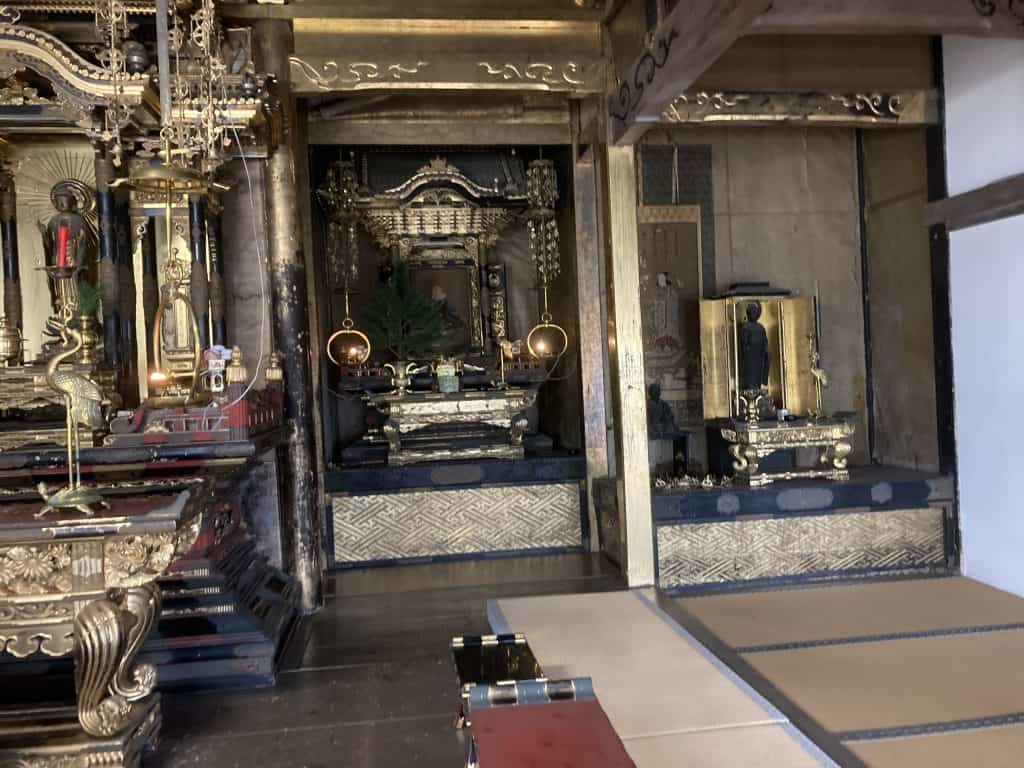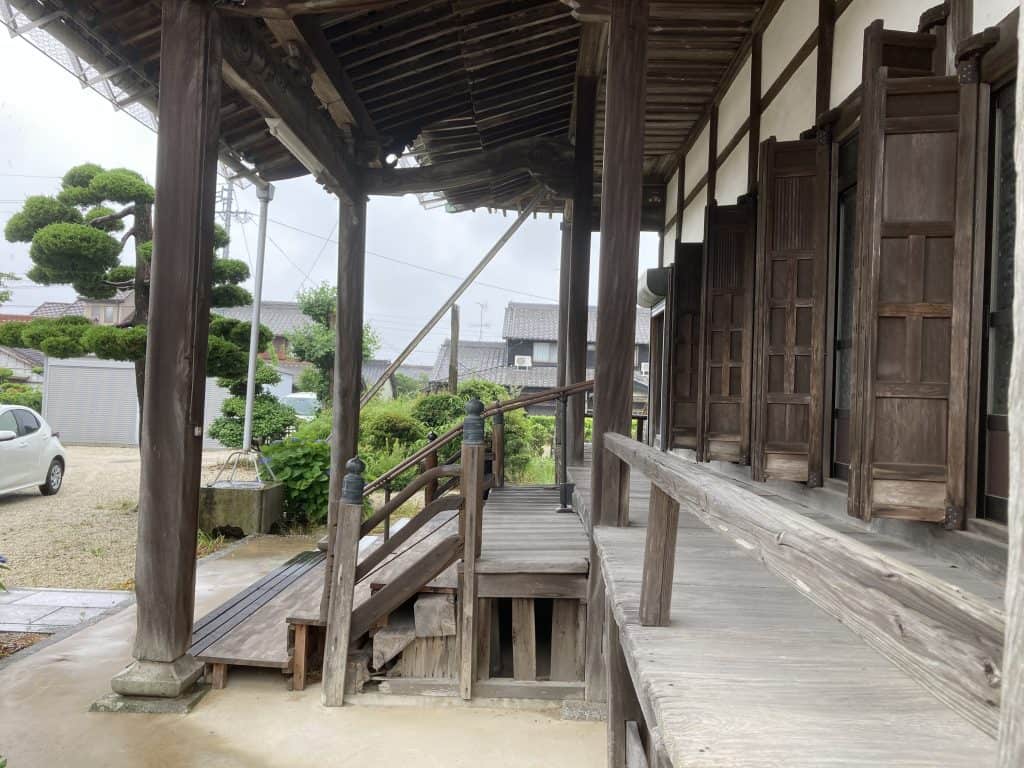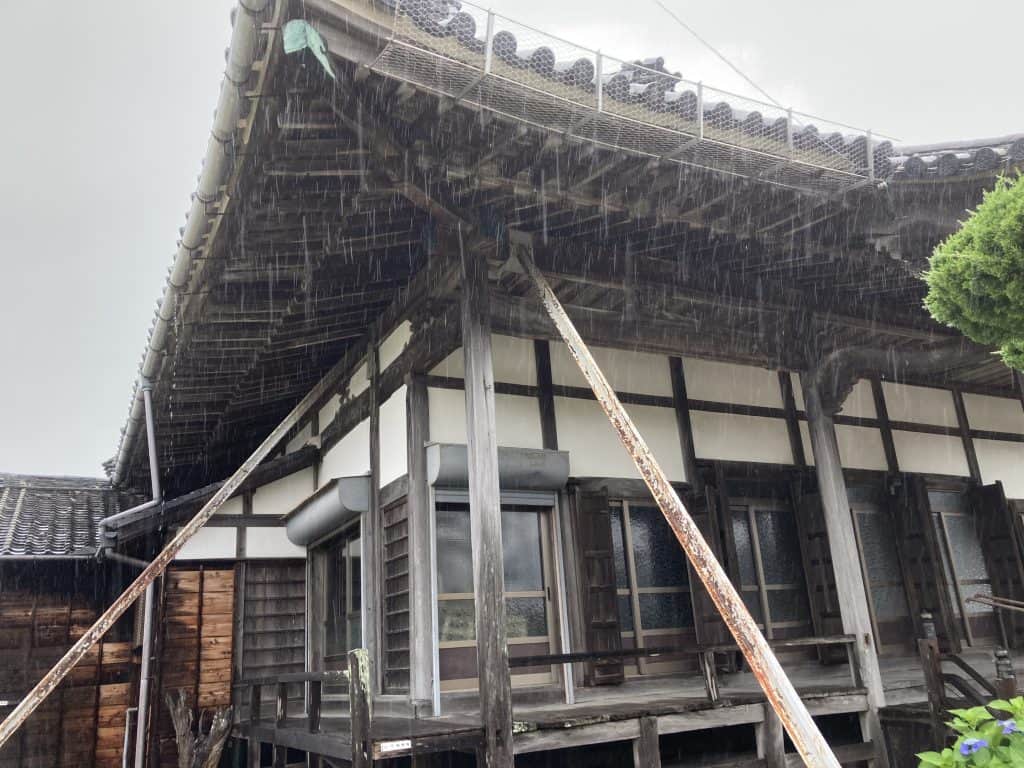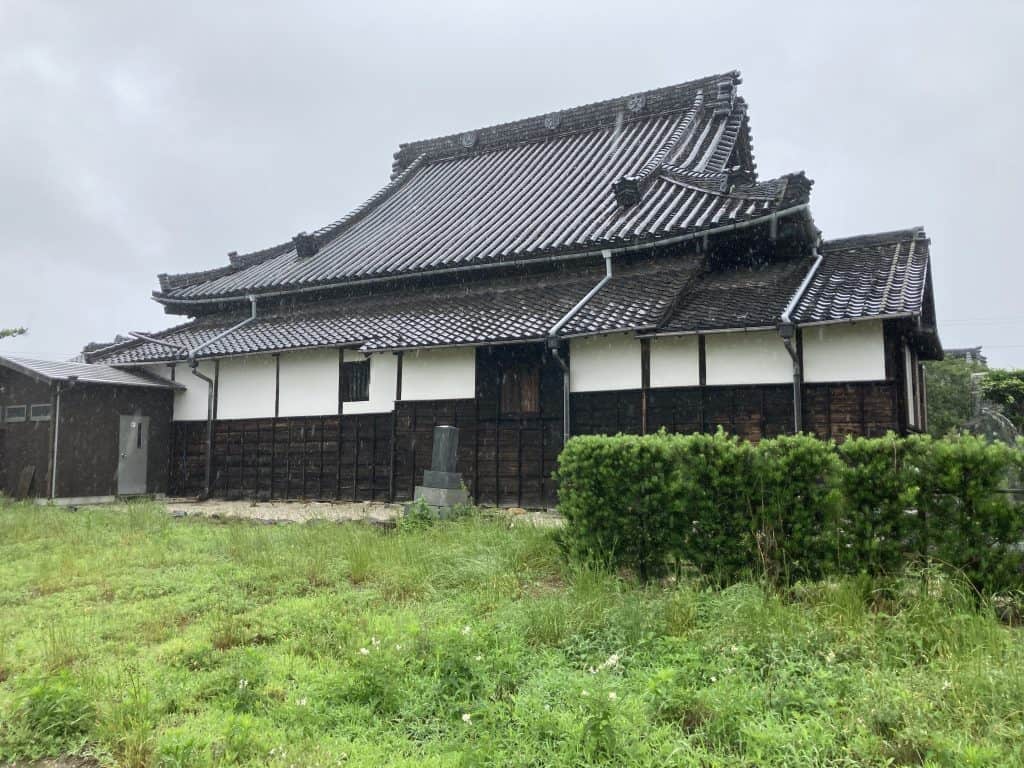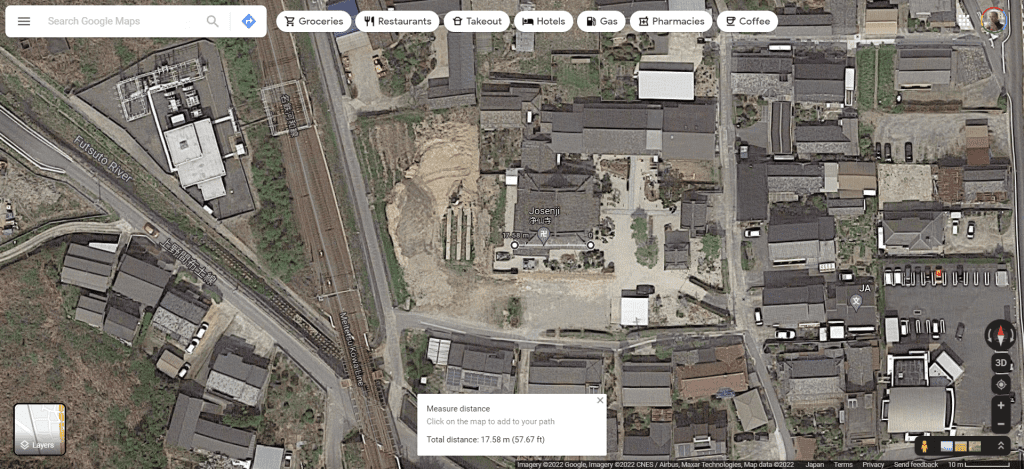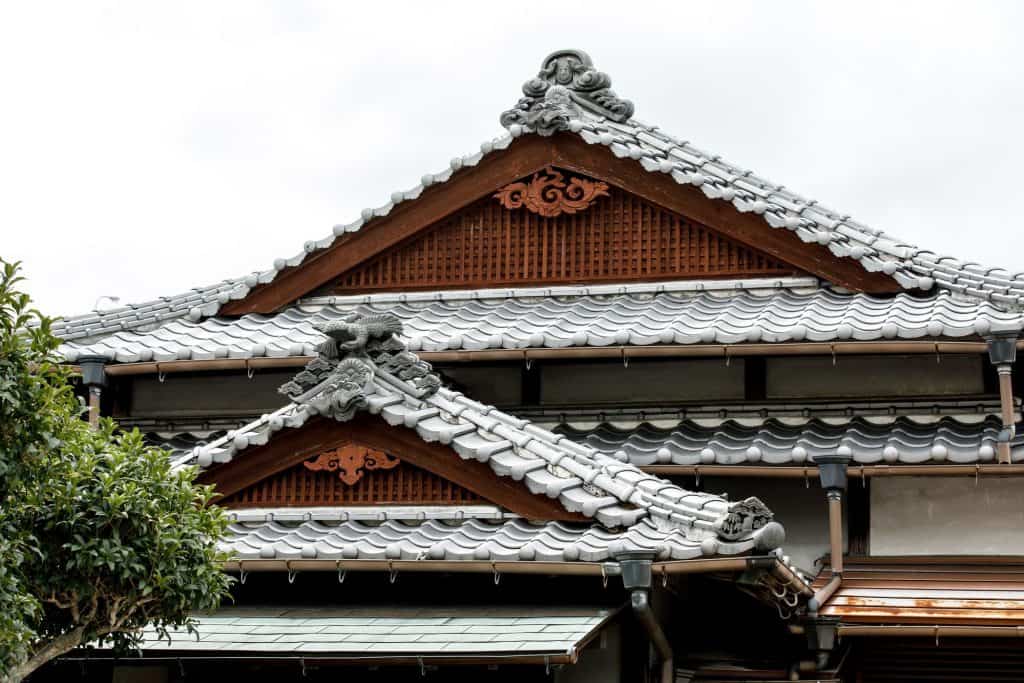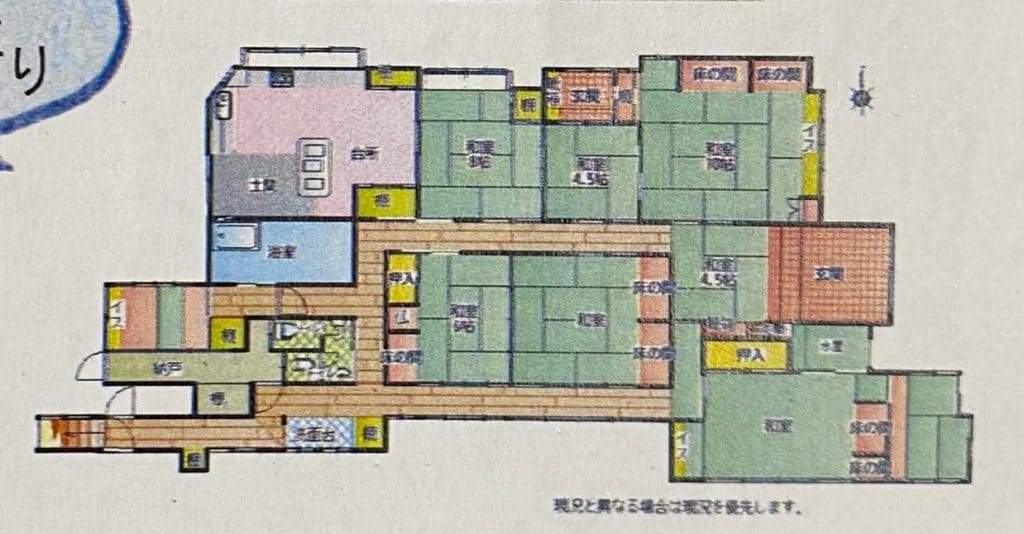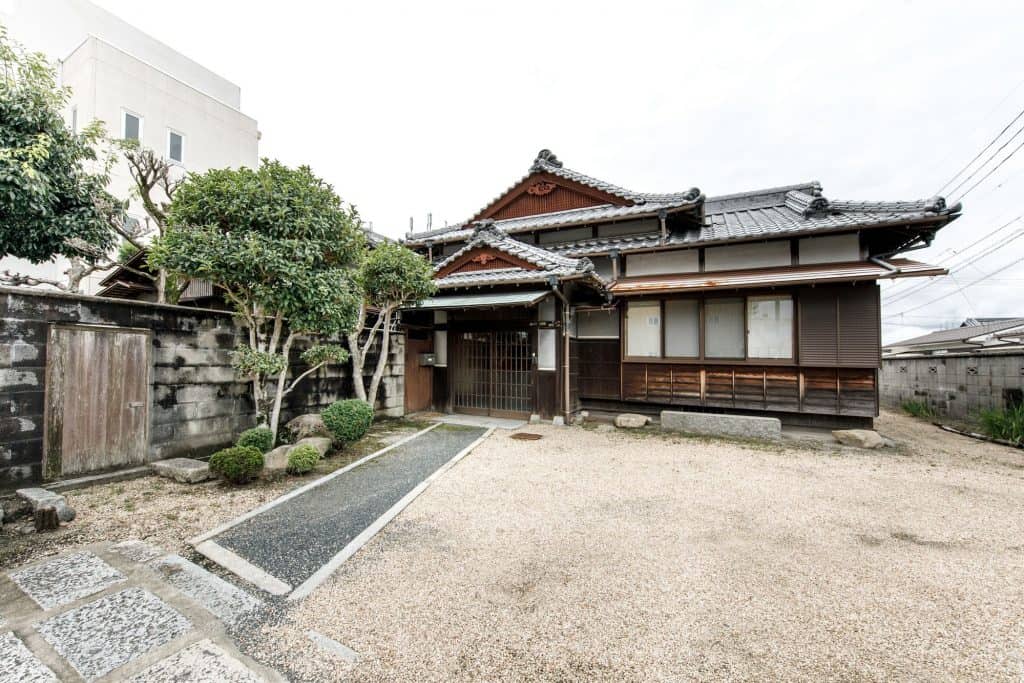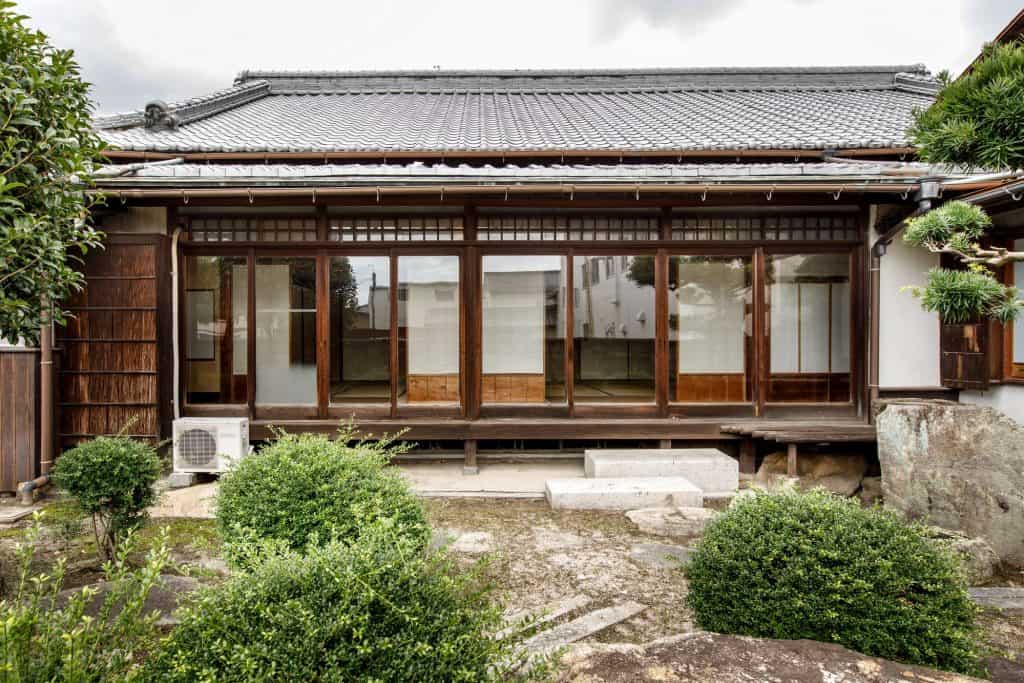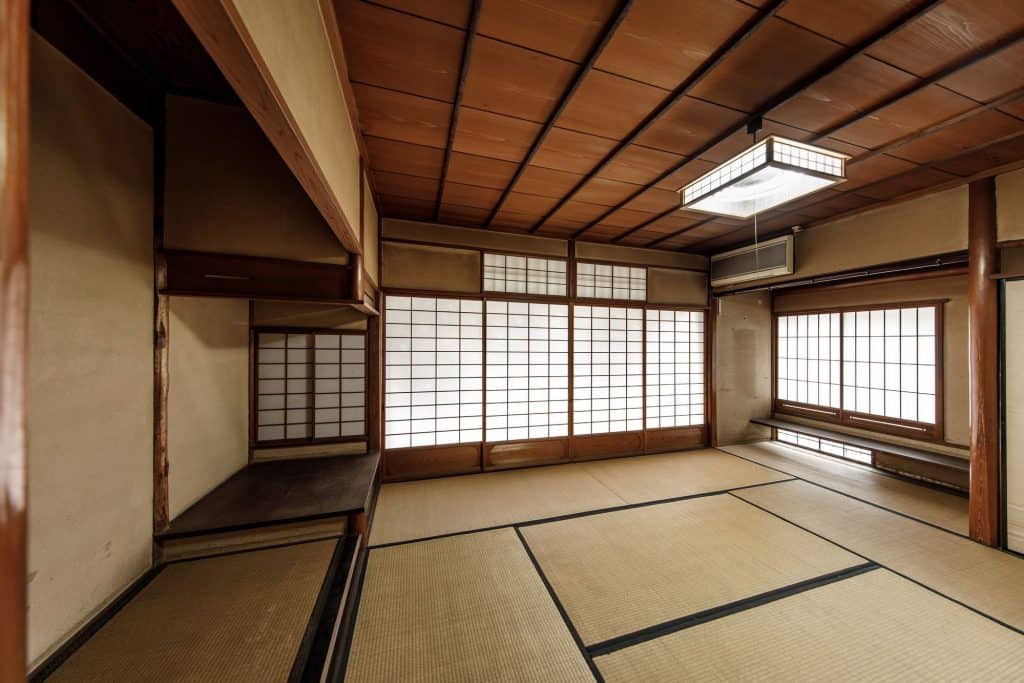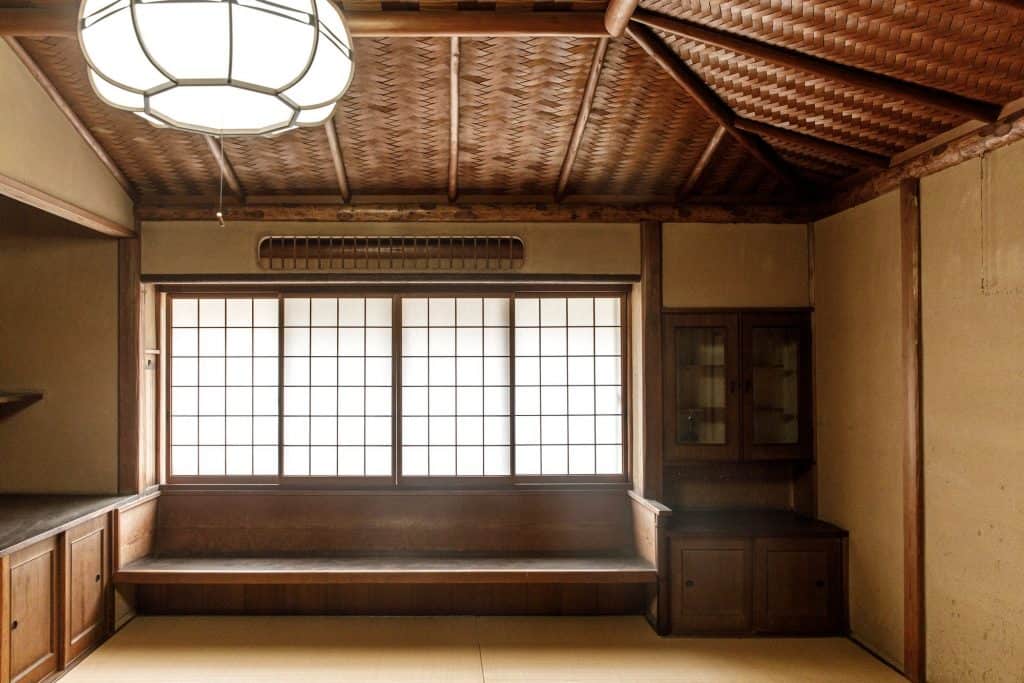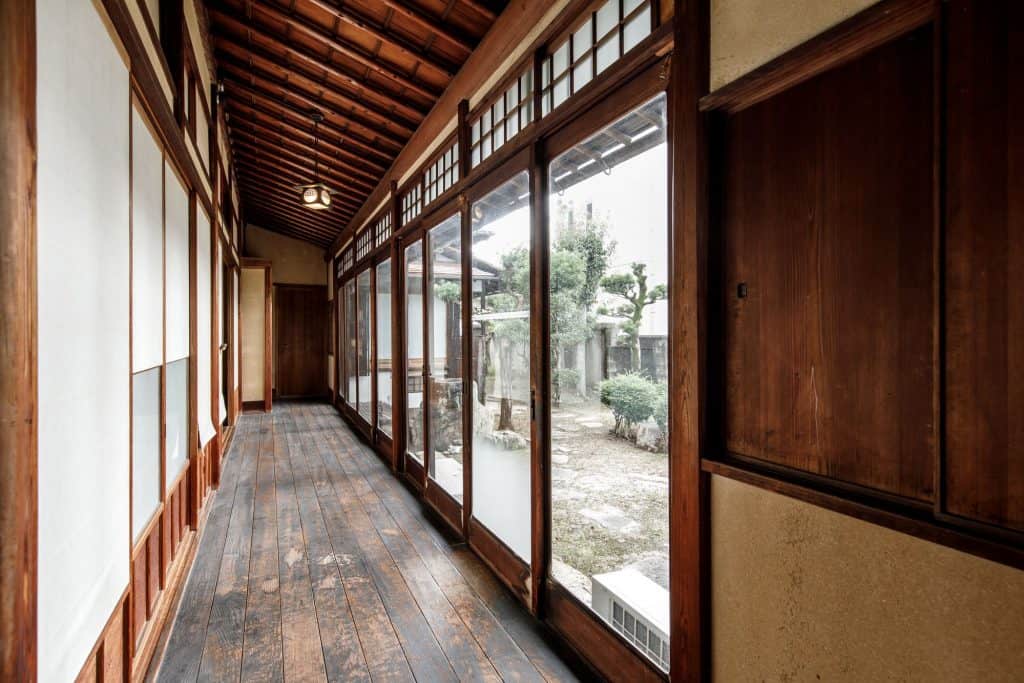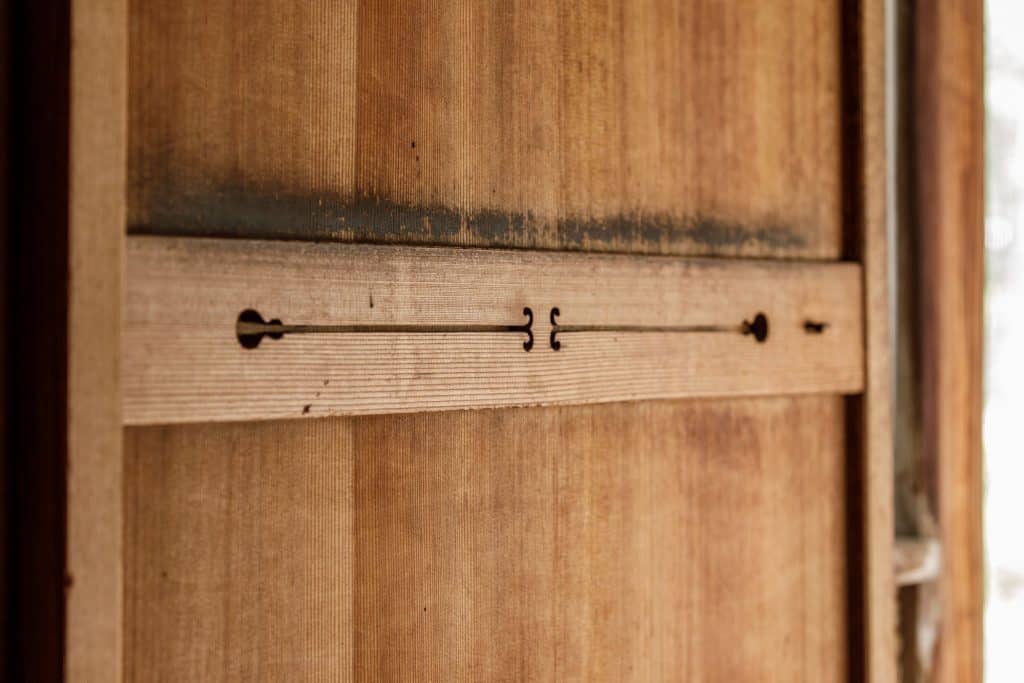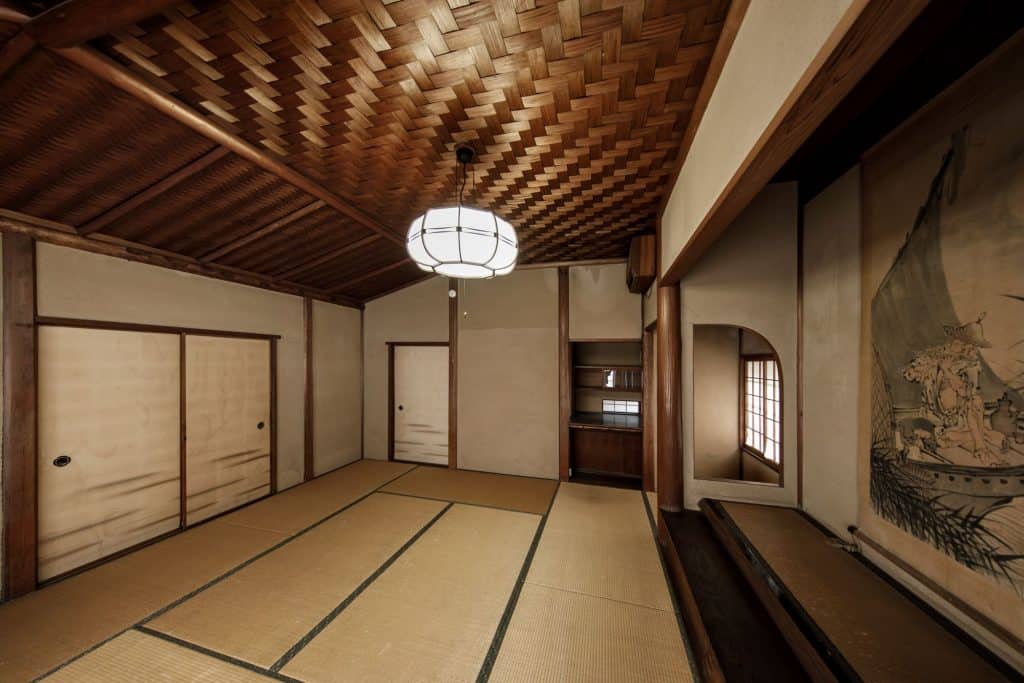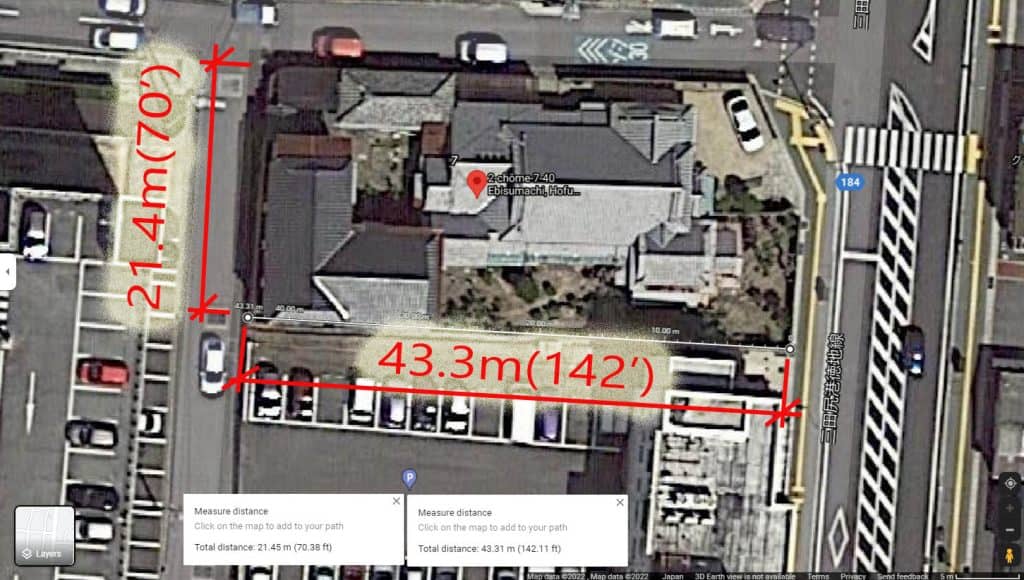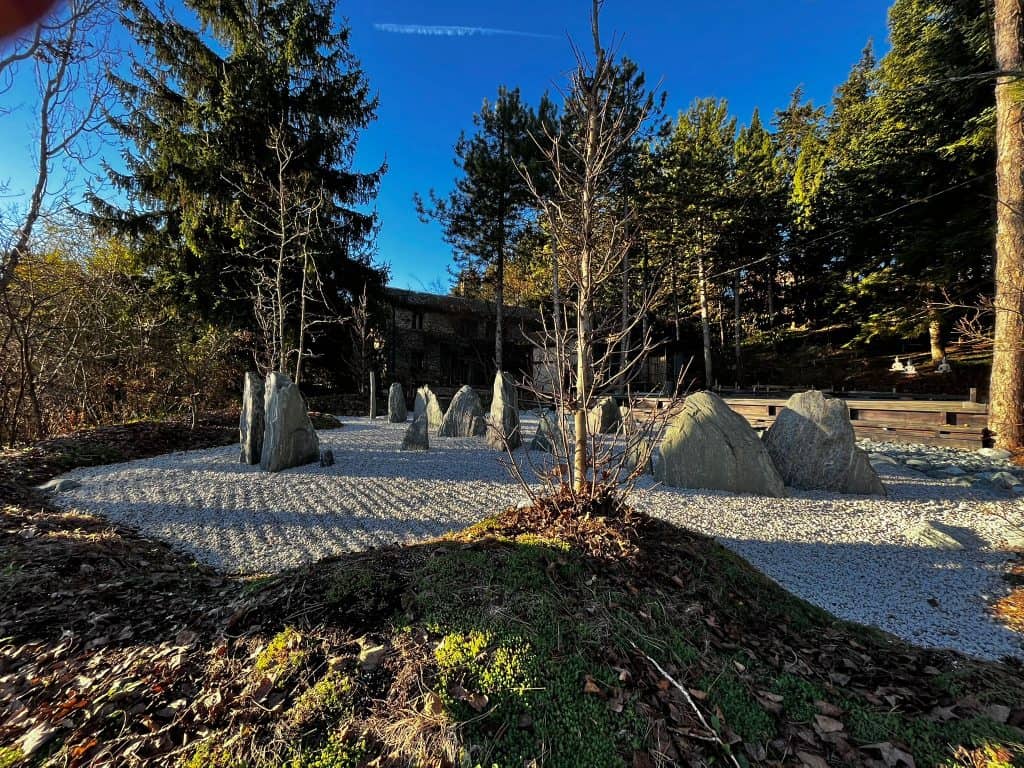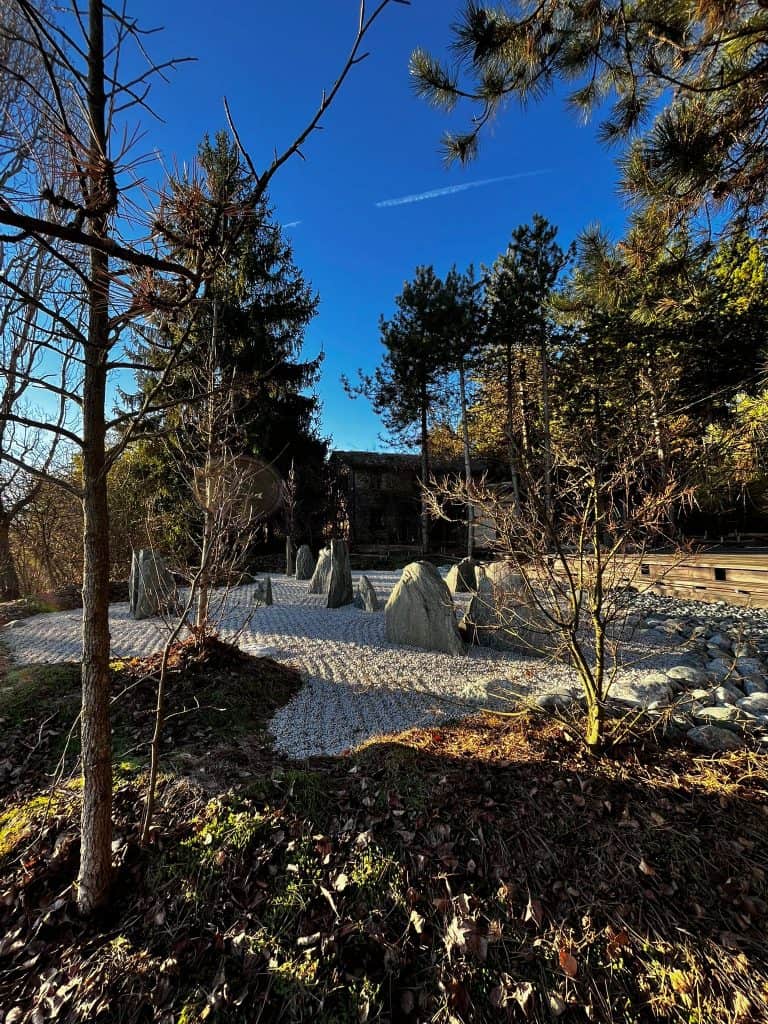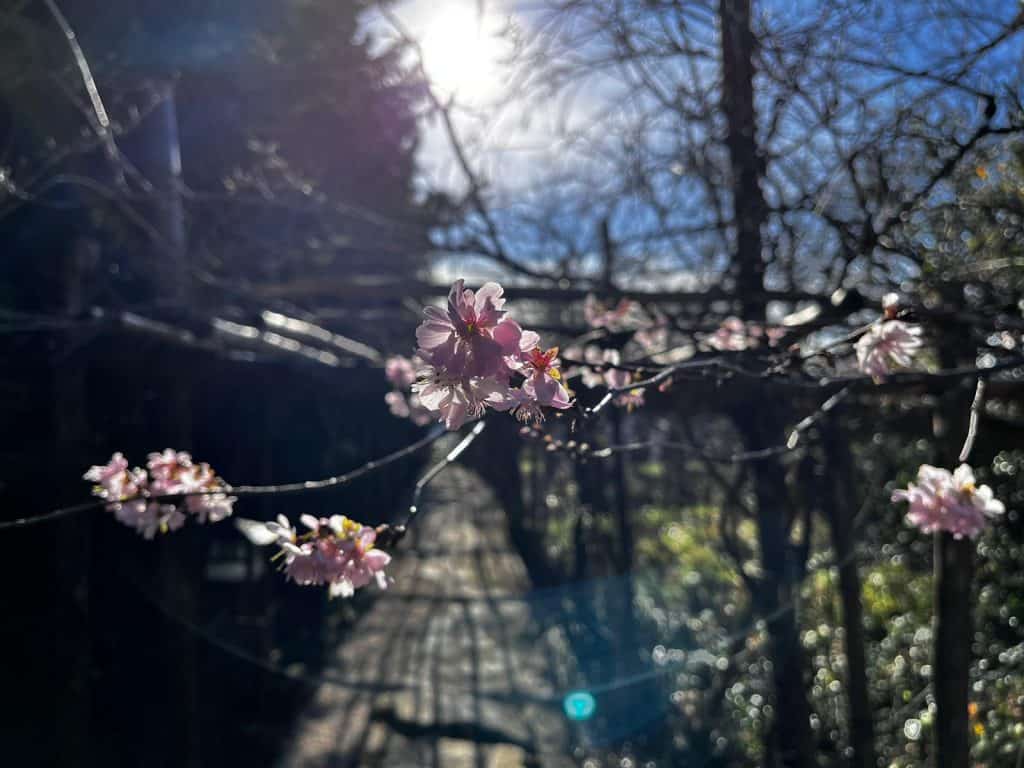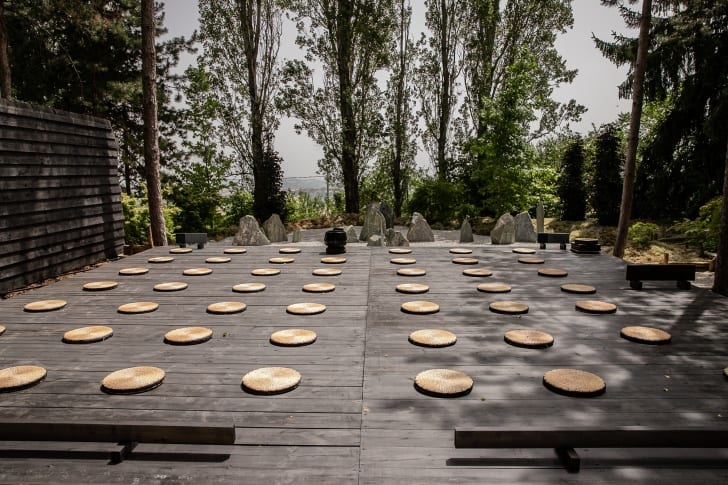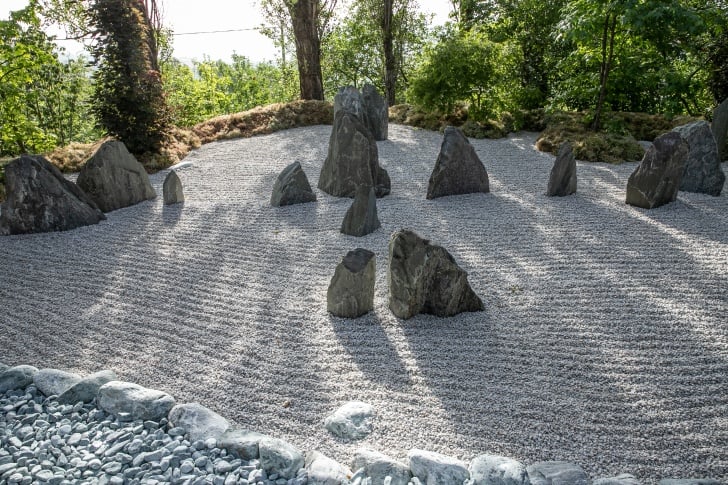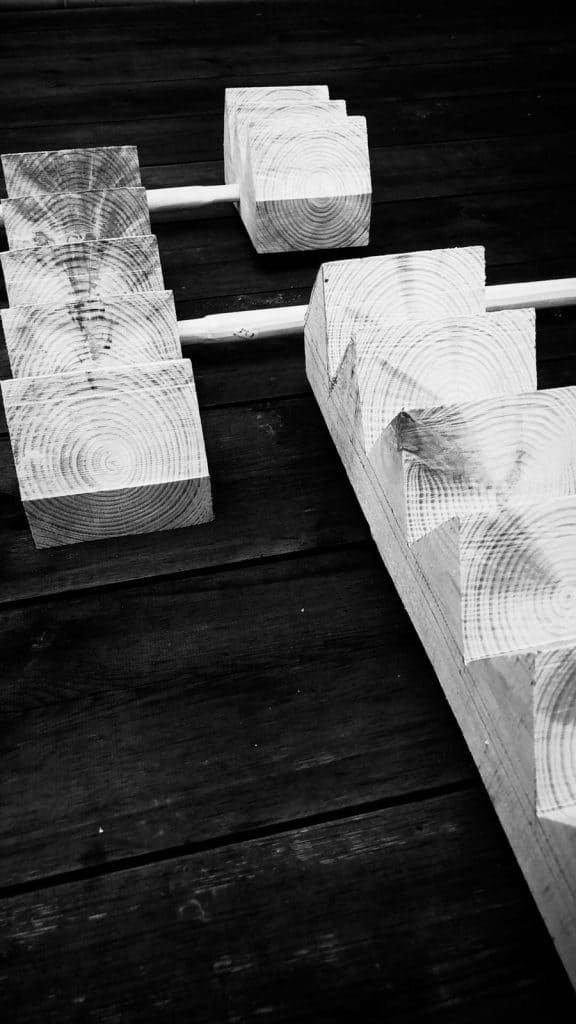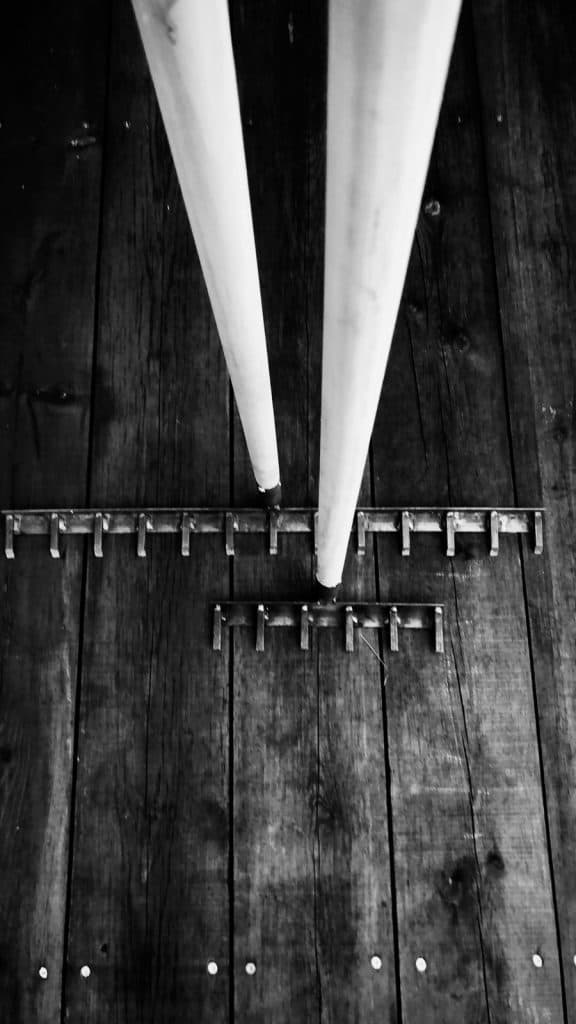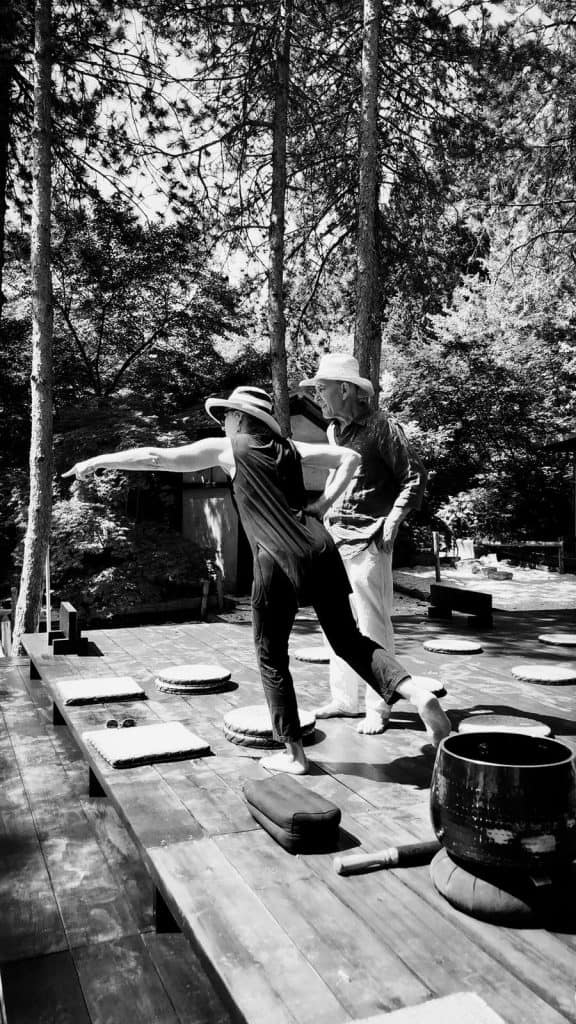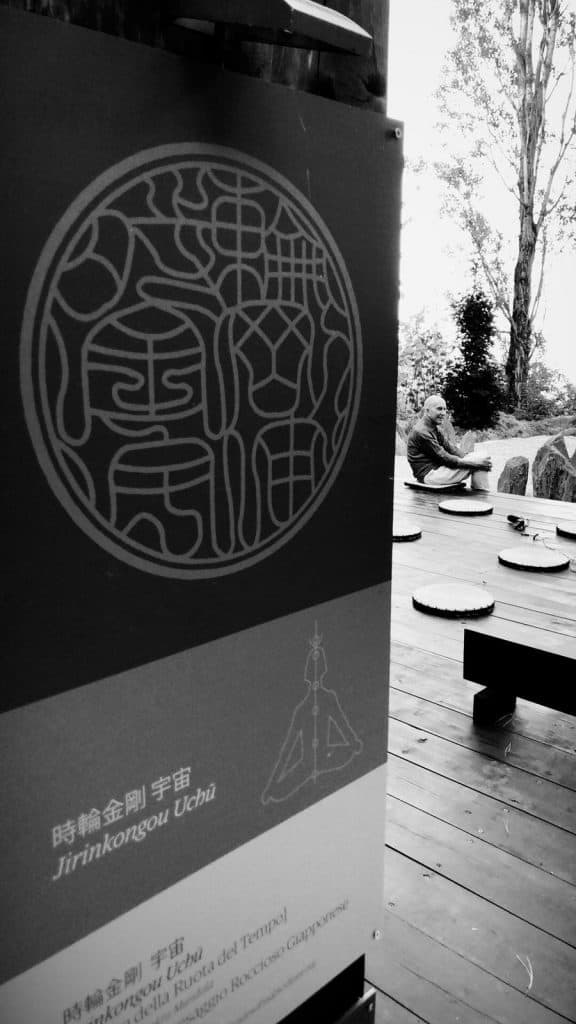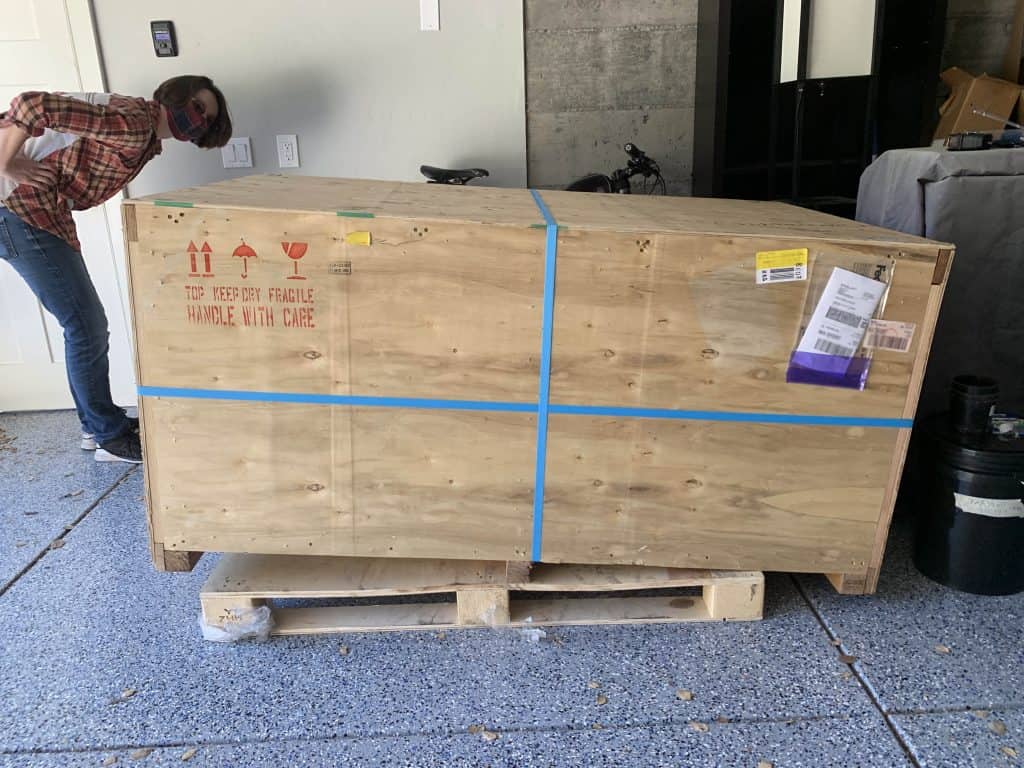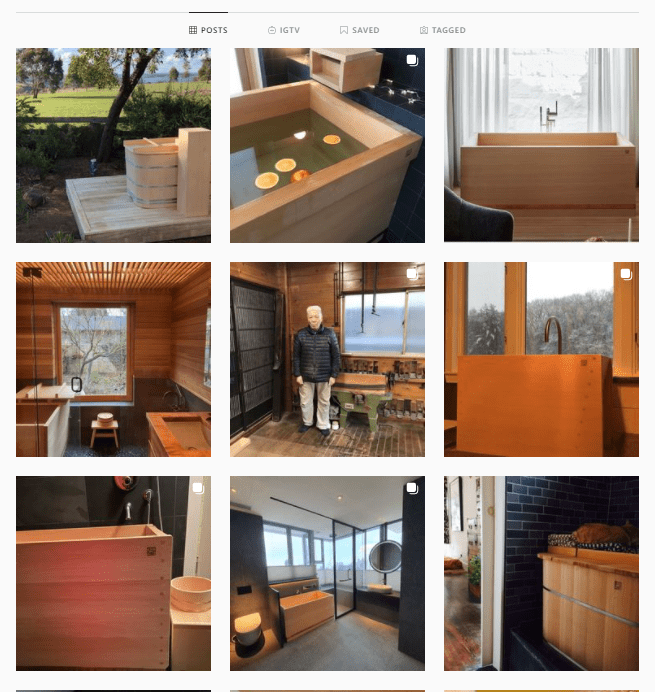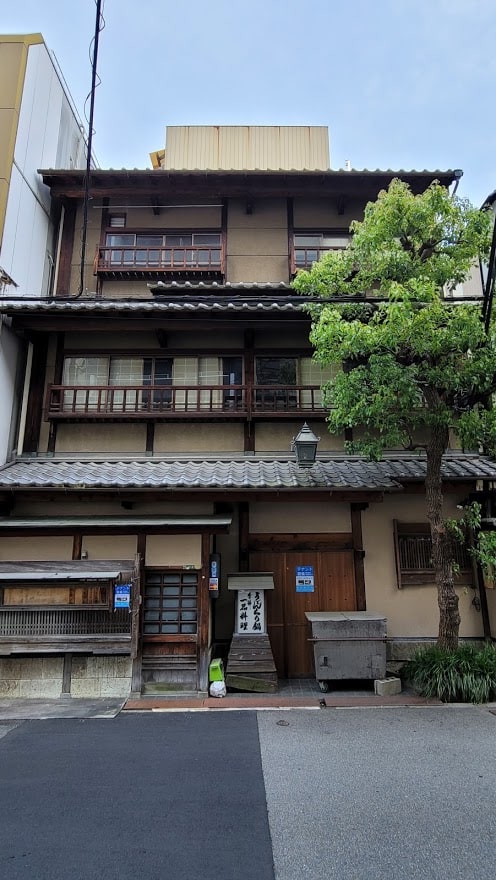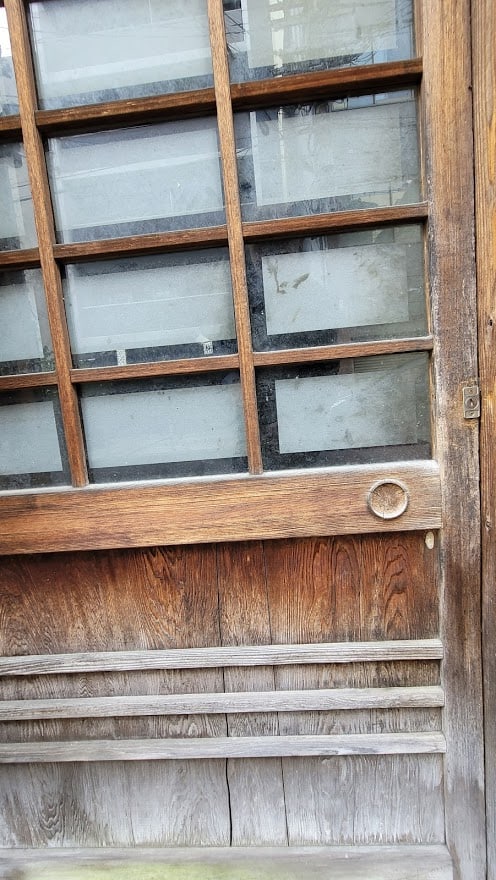june 2022 newsletter
Why are Japanese destroying their temples?
 How are you? You may remember my appeal to find the right person to adopt a 150+year-old Kameyama temple: https://bartokdesign.com/0-blog_news/josenji-temple-kameyama.php photo album: https://photos.app.goo.gl/q9kDS2pQ3GcqppxXA Well, the good news is that there is concrete interest from a party in Australia. I cannot reveal the details now but I have a clear feeling the project is going to materialize. The reason I am anticipating this “scoop” is that this could become an important precursor of more similar projects. Yes… the not so good news is that what is left over of the construction heritage in Japan is depleting quickly like snow under the sun. Let alone the governmental policies to encourage demolition of unoccupied buildings, the hyperbolic depopulation of rural areas, and aggressive marketing of prefabricated house makers and governmental grants scavengers. The next wave of demolitions is not going to spare even temples and shrines. Actually, there is a weird cause triggering a trend of demolition of old temples all-over Japan and the Kameyama example is just the tip of the iceberg. Let me explain. Some temples are being demolished because of a decrease in the population of Buddhist priests or Shinto “guji” to take possession of the building. Sad but probably inevitable. But what shocked me is that many temples are being demolished for the purpose of rebuilding a new ones. In rural Japan, the local families (danka) support their temple or shrine both with yearly donations but also with special crowdfunding for particular occasions such as repair of the building, additions, and reconstruction but also to cover expenses such as the wedding of the son of the priest, rebuilding of the house of the priest etc. Needless to say that this system can be taken advantage of … and actually it is often abused by unethical priests. A rural family may be asked to pay a special contribution of 10,000 USD or even more to buy a house for the son of the priest. Unbelievable as it sounds, it was common sense in most rural Japan. Needless to say, the grip of traditions, moral burdens, and social customs do not affect the younger generations and the priests (both the greedy ones and the ones in good faith) understand that if they want to raise a large amount of money, they can only appeal to the 70, 80, 90 years old practitioners. And every time there is a changing of the guard in the head of the families, the temple loses a sponsor.To cut a long story short: the priests understand that this is their last chance to plead for large donations, while the old guard is still alive… The irony of the fate is that these Japan traditional social customs is now one of the causes of the destruction of the cultural heritage. As it is useless to cry over the poured milk, the question on the table is: What can we do to turn this tragedy into an opportunity? |
Action 1:
I will try to use the Kameyama temple example to gain some visibility in Japan and find out about other submerged realities of temples on the verge of being destroyed and for which we can still propose an alternative plan.
Action 2:
I need help to spread the word, network, gather information about possible host locations for Japanese temples (and maybe also traditional houses).
Will you help me?
Often a local park or botanical garden can provide the space available to relocate the temple, and governmental authorities, local businesses, and art patron may raise their hand.
By giving a new caring home to a traditional Japanese building, your city may gain an extra feature that can bring tourism, cultural activities, media coverage, and new business opportunities.
Ride the cheap yen!
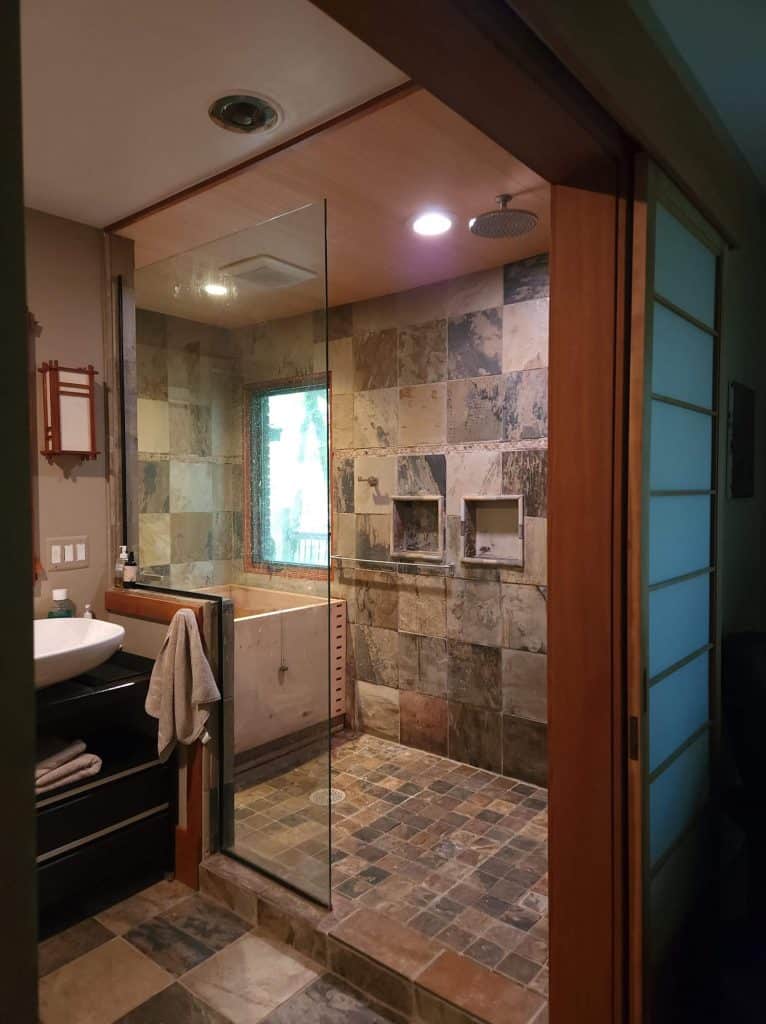 |
| (I am sharing a photo kindly participated from M&M who purchased from us an ofuro back in 2005. More info is available in the testimonials gallery) Lumber had a cost increase at the beginning of 2022, after about 6 years of fixed prices. Shipping costs are now increasing on a monthly basis… Nonetheless, this is probably the most convenient period to purchase an ofuro! As you certainly know, the dollar and the euro exchange rate soared in the past 2-3 months and gained 20% or more on the Japanese Yen. Experts say this trend is going to last for a few years but I think the biggest gains on monetary fluctuations can be made in the first period before all other economical factors came into play and balance the situation. The message is: if you are considering buying an ofuro, NOW is the best moment \(^o^)/ Contact me for an updated quotation or for any questions! |
Let`s meet in NY in July!
  Because of Covid, (and also because I am not vaccinated), in the past 2 years, I could not travel as I wished to…But I think it is now time to spread my wings again! Because of Covid, (and also because I am not vaccinated), in the past 2 years, I could not travel as I wished to…But I think it is now time to spread my wings again!I will travel to NY from July 7th to July 14th. I have a few meetings but I will have time to meet old and new friends. Please let me know if you are available and it will be great to get together for a coffee or a green tea! One of the reasons I am traveling to the USA is a non-ofuro related business. As an architect, I am now proposing projects that use artificial lagoons (kind of very large pools) to revitalize the rural and stranded property. Too many of Japan`s 2500 golf courses are now being sold for a few pennies and becoming the prey of solar panel farms, land infills, dumps and other speculations to earn state subsidies. And from the governmental side, it is shocking to see the huge rise of green field developments, useless industrial parks and “white elephant” projects despite the surge of vacant industrial and commercial land (brownfields). The economical crisis is apparently the excuse to immolate well-preserved pieces of nature for the brutal … though useless pork-barrel type of developments. As an alternative, I aim at creating smart cities, retirement communities, and resorts that can sacrifice a small piece of nature in exchange of large economic output, local employment, and a lifestyle that can ensure more contact with nature while respecting it. One of the most ambitious projects is to create a smart city in the Kyushu region, 10 Km from Oita airport that – with its 3.0Km long runaway – is not only a convenient hub for transportation but is also a candidate for the space industry with collaborations with Virgin and Sierra Space. If interested you can watch this video: https://youtu.be/H3gfMfKrAiI Please let me know if: 1) You have an interest in investing in smart real estate projects in Japan 2) You have a way to connect me to “Virgin Orbit” or “Sierra Space” companies I know that this is not the most proper vehicle for this type of information but as my favorite motto says: “give life a chance”! Have a wonderful summer and … I hope to meet you in NY (or in Japan)! All the Best//iacopo |



